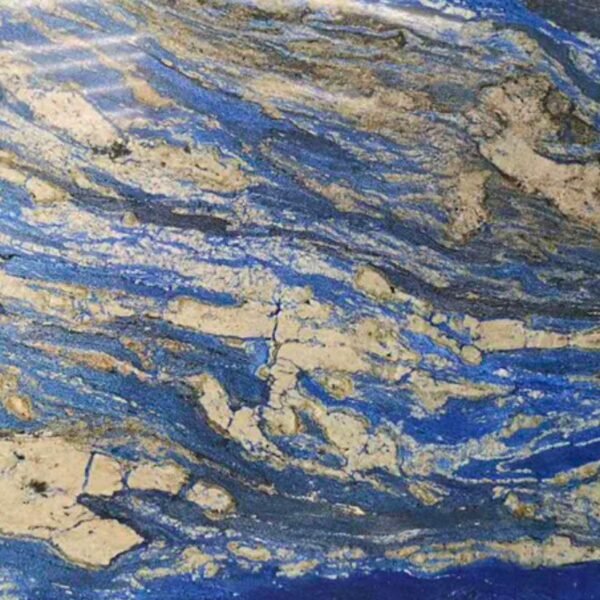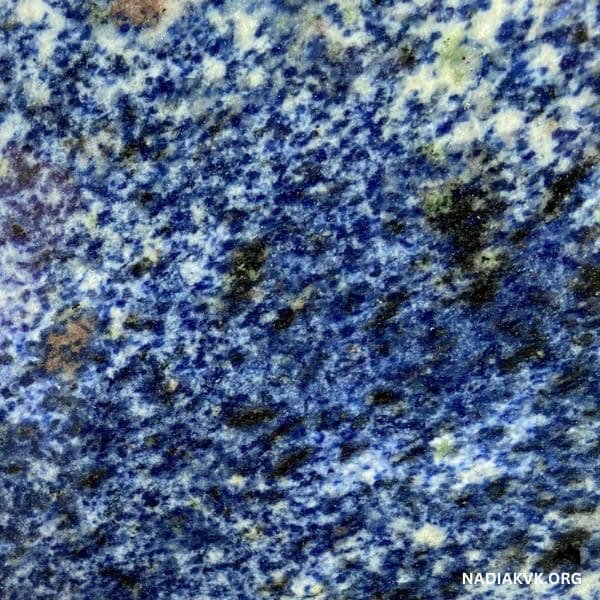If you’re thinking about redoing your tile or grout, you’re probably wondering if the sanded vs. unsanded grout is best. This question we get all the time and the answer is not as black and white as you may think. Also we’ll go over the pros and cons of both below to help you decide for yourself.
What is Sanded or Unsanded Grout?
Grout is a material usually of cement, lime, clay, or other ingredients and water that is used to fill joints between tiles or bricks. It is a porous material. We often overlook it when we’re building or renovating. In a lot of ways, grout is the unsung hero of the construction world.
Also It’s the thing that holds together the tiles, and it’s the thing that keeps those tiles from coming loose and falling off the wall.
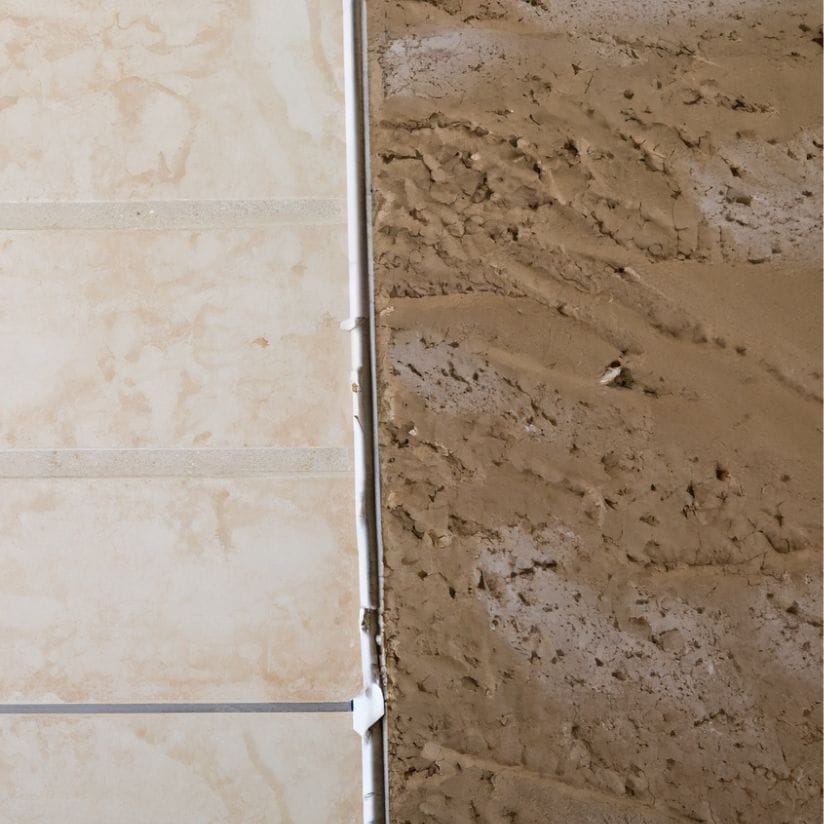
The grout is also the thing that keeps the dirt and the water and the mold from seeping into the space between the tiles and causing all sorts of problems. But as we’ve seen, grout is pretty important.
Also its main function is to seal the gaps between the tiles, fill them, and serve as a cushioning layer to increase the insulation of the floor.
Sanded vs. unsanded grout are the two varieties of grout. Sand is used into grout to make it rougher and simpler to clean. Smoother and less porous than sanded grout.
Sanded Grout For Shower
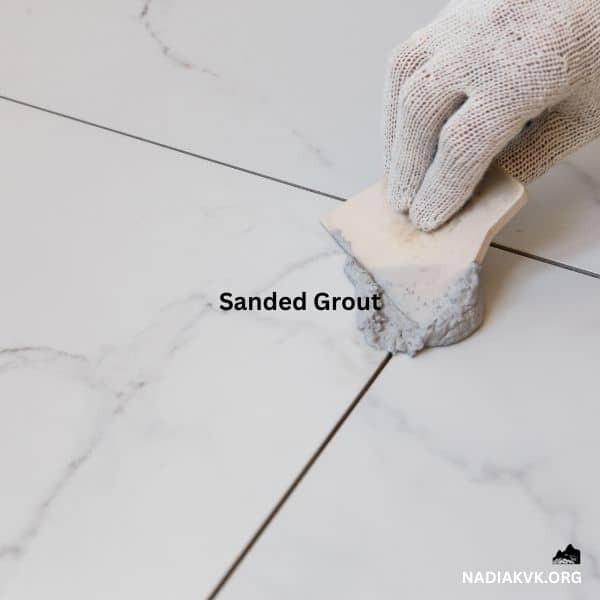
Sanded grout is a component made by blending sand with cement and then grinding the result. up addition to other tasks, it may be used to tile walls and fill up gaps between tiles.
The color of grout can matter a lot. It has the ability to brighten or darken a space.
The grout pads are a necessity for a lot of homeowners. They are pretty inexpensive and will help with the appearance of the grout.
Sanded grout is the final step in a lot of home improvement projects. It will provide a uniform surface to the grout. Also it is a type of grout with a roughened surface, which allows it to better resist staining.
See also: Quartz vs Granite
Durability
Sanded grout is a great option for many flooring applications because it forms thick joints, bonds better to the floor thanks to less shrinkage, and can withstand heavy traffic pressure. Sanded grout is more durable under pressure.
Unsanded grout has the tendency to crack when pressure is applied. This means it’s not ideal for many flooring applications where heavy foot traffic typically applies pressure.
Installation Method
The grout is an important aspect to consider when tiling as it fills the space between tiles for both aesthetic purposes and to provide stability.
Unsanded grout is typically recommended for tiles that are easily scratched like natural stone, travertine, glass, ceramics, and certain porcelains. Sanded grout on the other hand is more DIY-friendly since the tile surface scratches are not the main concern.
Read More: River White Granite
Thickness
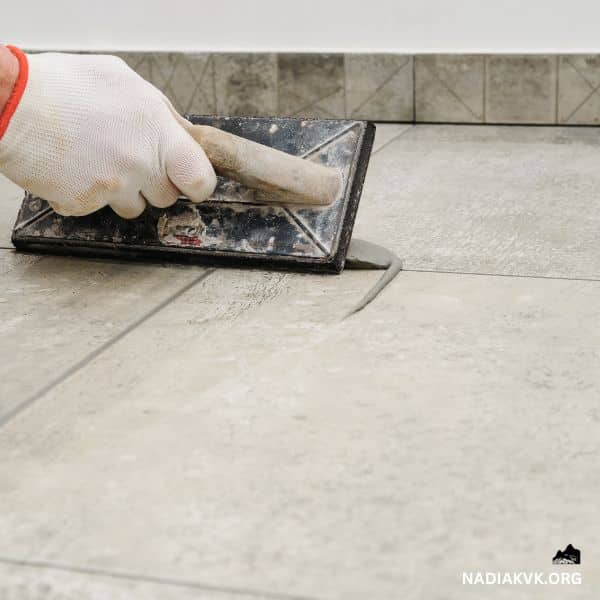
In this article we will look at the finer points of sanded vs. unsanded grout. It is important to know the difference between these two types of grout because they have different properties which can effect how an installation goes. Because of the use of aggregate sand material, sanded grout is thicker and coarser than unsanded grout, which is thinner and smoother.
Basic Difference
It is a substance that is used to fill the gaps between tiles. Because grout can be either sanded vs. unsanded grout, depending on personal preference.
Sanded grouts are rougher to the touch, while unsanded grouts are smoother.
When grouting tiles, it is important to use the right type of grout for your surface. Unsanded grouts should not be used on surfaces that will get wet because they are softer and easier to stain.
The durability and thickness of the grout in your home is largely determined by the type of grout you choose.
Sanded grout is a lot thicker than unsanded grout, making it much more durable. It also features a higher quality appearance than unsanded grout.
Pros And Cons Of Sanded Grout
- The advantages and disadvantages of sanded grout include the following:
- It cleans up more easily and does not stain as quickly as non-sanded grout also it is easy to maintain.
- The advantages of sanded grout are that it is incredibly durable, it is easy to clean, it is water-resistant, and color can be added to it.
- It is more expensive than non-sanded grout and can be more difficult to remove if it needs to be replaced.
- Sanded grout should not be used if the crack or damaged part is too small i.e smaller than 0.100 inches.
Read More: Why You Shouldn’t Stand or Sit on Your Granite Countertops
Unsanded Grout
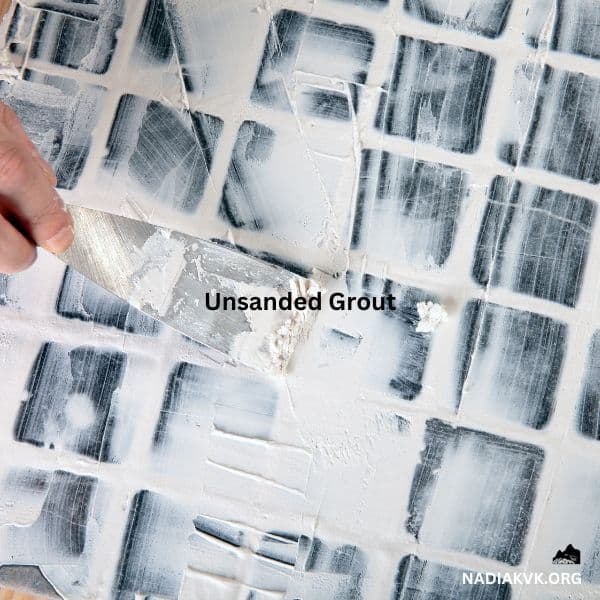
- Unsanded grout is a form of grout that has not been sanded down to a smooth finish. Because it is typically used for a rustic look.
- Unsanded grout is the most common type of grout because it is the easiest to clean and provides the least amount of slip.
- However, it is not as strong as sanded grout and is more susceptible to stains.
- Unsanded grout is grout mixed with sand, but it is left unpolished.
See also: Luna Pearl Granite
Pros And Cons Of Unsanded Grout
The advantage of unsanded grout is that it is more affordable.
- Unsanded grout can be used in areas where no water will be present and also it has a lower maintenance cost. The Unsanded grout can be dyed in different colors.
- Unsanded grout also has some disadvantages. For example, unsanded grout is not very durable. This means that it can stain if it is exposed to water. Furthermore, unsanded grout can be difficult to clean.
- Also, the finishing quality of unsanded grout is not attractive.
Grout Width
It all depends on the width of the grout line. For example, 4-inch grout lines are usually about 3/8 inch wide. 2-inch grout lines are usually about 1/2 inch wide.
Sanded grout is usually specified at 3/8″ wide but if you are using larger tiles, it may be specified at 1/2″.
Unsanded grout is almost always specified at 1/8″ wide, but there are some exceptions.
Cost
The cost of sanded grout vs. unsanded grout is a factor to consider when purchasing a new grout.
The cost of grout is actually a matter of how much sand is mixed with the cement. The more sand you mix in, the cheaper the grout.
And the cost of sand is dependent on the quality of the sand. If the sand is of high quality, then the cost is high.
Sanded grout has a smoother appearance and is available in more colors than unsanded grout. Also, Sanded grout also has a higher price tag.
Sanded grout is also a good choice for vertical surfaces.
Can you mix sanded and unsanded grout together?
No, you cannot mix sanded vs. unsanded grout together because the sanded grout will not adhere to the unsanded grout. You should use a sponge or something else to get the excess unsanded grout off after it has dried.
There are few difference in sanded vs. unsanded grout such as:
1. The Difference in Appearance
Sanded grout has a finer texture, so it is visibly different from unsanded grout. It can also be brighter or darker, depending on the type of sand used.
Unsanded grout is coarser, which can leave marks on your tile if not buffed out before the grouting process.
Read More: Fantasy Brown Granite
2. The Difference in Durability
The sand particles help seal the joints of the grout between tiles, which means that sanded grouts are more resistant to dirt buildup and stains than unsanded grouts are.
Also this makes sanding an important part of any tile installation process in order for it to last longer.
Unsanded grout is more porous than sanded grout, which means that the two types will not adhere to one another.
Unsanded grout is also more difficult to clean off of tiles, making it difficult to apply new sanded grout on top of it.
If you’re not sure what type of grout you have, there are a few ways to figure it out.
The first, and best way is to rub your fingers on the surface and see if white marks appear. If so, it’s likely that the grout is latex-based and if not, it could be silicone based.
What Type of Grout Is Used on Tile Joints in a Shower?
Many people choose to install tile as the shower flooring in their homes because it is beautiful and can last a long time.
Tile joints on a shower floor require grout, which makes the space feel more uniform and can extend the life of the tile itself. There are two types of grout that can be used on shower tiles: cement based and, epoxy.
But the most common type is cement-based. Cement-based grout is composed of Portland cement, water, and sand. It’s important to note that body oils can cause unsightly yellowing on grout lines.
For this reason it’s advised that homeowners periodically scrub the grout with a toothbrush and baking soda paste. They all serve different purposes and should be used based on the intended use for the space.
Read More: Steel Grey Granite
How to maintain Tiles?
Work of maintaining tiles can seem overwhelming, especially if you don’t know where to begin. But you can maintain the attractiveness of your tiles for many years if you use the appropriate tools and methods. Here are some pointers for maintaining tiles.
To begin with, it’s crucial to frequently clean your tiles. By doing this filth and grime will be kept from accumulating over time. To clean your tiles, use a gentle cleaning agent or warm water together with a soft sponge or cloth. Be careful not to use any harsh chemicals that could harm the tile’s surface.
You must take care not to chip or scratch your tiles. This can be accomplished by placing furniture pads under large items like tables and chairs and avoiding dragging anything across the tile’s surface.
How to Choose the Correct Grout for a Project
Any tile or stone job must include grouts. They shield the tiles from moisture in the air and stop water from penetrating into the mortar as well.
It might be challenging to decide which grout is best for your project with so many different varieties available on the market.
The most often asked queries in this post regarding grouts and demonstrate how to make an informed choice when selecting the best kind for your tile project.
Read More: Dallas White Granite
What are some things I can do to help me choose a grout?
Choosing the proper grout type might be difficult. Also there are many varieties of grout available, not all of them will meet your needs, and choosing the perfect one can be challenging. If you pick the wrong one, it could be a costly mistake, therefore bear the following advice in mind when you buy grout:
The joints between tiles, stone, brick, marble, or other types of stones can be filled using grout. It is employed to close up the openings and produce a smooth surface. For various materials grout is available in a variety of hues and patterns.
What are some properties I should consider when choosing a grout?
When selecting grout for your tiling, there are a few characteristics to take into account. It is advised to use extremely light grout while installing ceramic tiles.
By doing this, the chance of the tiles being cracked, chipped, or scratched is reduced. Cement-based grouts should not be used since they are prone to shrinking and cracking. Silicone-based grouts are a preference for certain people.







